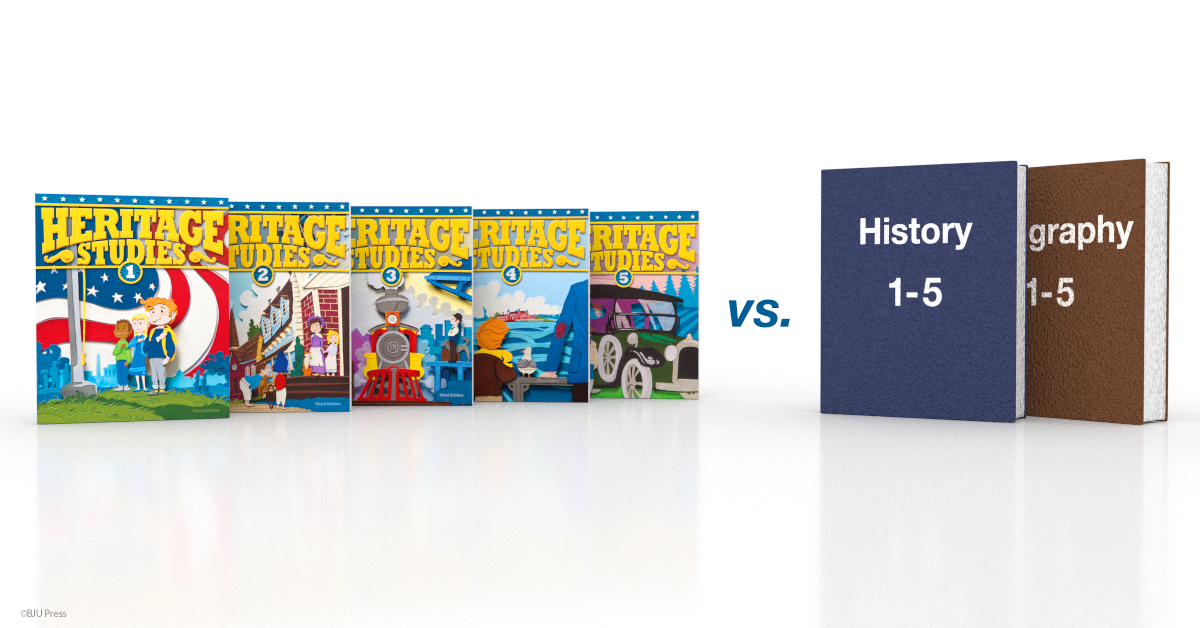The best way for me to answer this question is to tell you about three classes I took in college. I’ve always been a politics buff, so when it came time to take introductory political science, I was excited. That excitement quickly turned to disappointment when I realized I already knew the majority of the information. I didn’t learn much of anything.
Later I decided to take a class on Russian politics. I didn’t know much about that topic. It was challenging, but my general understanding of political science helped me through it. I loved that class and learned so much. I still remember a lot of it years later.
The class I’m least excited to mention is French. I’d never had any experience with French before. My advisor said French 100 was the “entry level” course, but it was way over my head. My classmates all seemed to have had French in high school, and the professor went over the basics in what felt like a one-day review session. Because of my frustration, it was hard for me to learn anything.
The best experiences for learners come from lessons in that “middle zone.” (That’s where Russian politics was for me.) When we have a strong foundation, we enjoy learning and remember the content, even when it’s challenging. The problem for college professors is that they have to design a class that tries to fit the needs of dozens if not hundreds of students. Some students are inevitably going to be bored or frustrated. The great news is that, as homeschool parents, you don’t have this problem. Your only concern is your own children.

How to keep them “in the zone”
Challenging your children without frustrating them isn’t always easy, especially if your curriculum isn’t helping out. The best way to ensure that your children are “in the zone” as often as possible is to use a sequenced curriculum.
Sequenced curriculums have clearly defined learning outcomes for each grade in all subjects. They divide concepts into grade levels to help ensure that the content is age-appropriate and developmentally appropriate for your child. Each grade provides the background structure of knowledge and information that your child needs in order to move on to the next.
How to find out if a curriculum is sequenced
A document called a “scope and sequence” can usually be found on a publisher’s website. This chart is a road map of every course for every grade a publisher offers curriculum for, providing you with the big picture of where your child will start and end with each course.
A curriculum that suggests that a single textbook is appropriate for children in grades 1–6 is treating your kids the same way college professors deal with lecture halls filled with students—one size fits all. Some children are going to feel completely overwhelmed, and others will be bored. In many cases, you, the parent, must shoulder the task of translating content up or down to match your child’s level of development. That’s no fun for anyone.
I would recommend the next time you shop for curriculum, look for the scope and sequence. Check out the BJU Press Scope and Sequence by Grade.